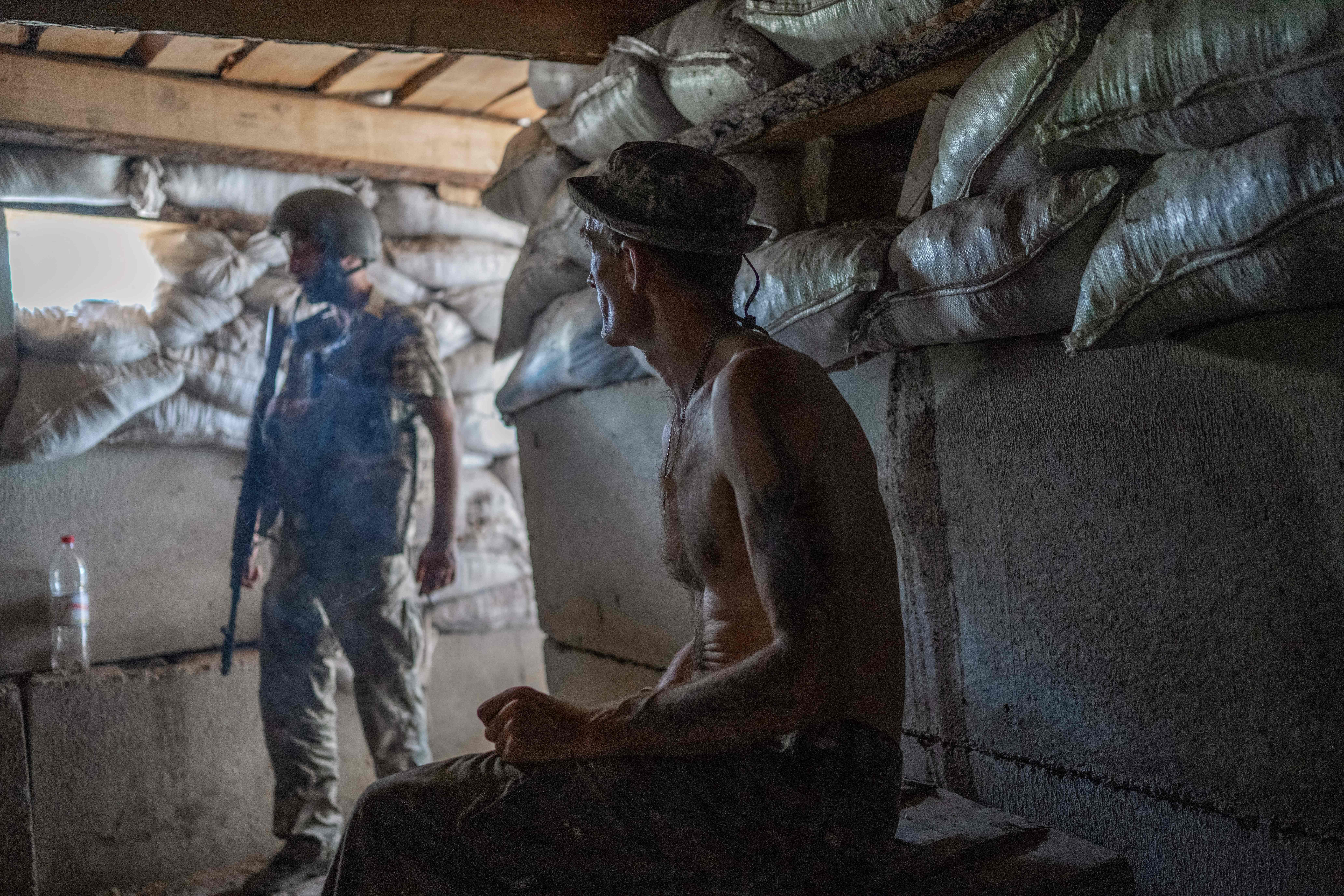Reinforcing Failure in Ukraine
The longer the war with Russia lasts the more likely it becomes that the damage to Ukraine will be irreparable.

In an open letter entitled “U.S. must arm Ukraine now, before it’s too late” 20 notable American advocates for the war against Russia in Ukraine argue that the conflict has reached a decisive moment. To win, the authors insist, Ukrainian forces need an abundance of new equipment, including the constant resupply of ammunition and spare parts for artillery platforms, short- and medium-range air defense systems to counter Russian air and missile strikes, and ATACMS munitions fired by HIMARS with the 300km range necessary to strike Russian military targets anywhere in Ukraine or Crimea.
Meanwhile, the initial flood of equipment and ammunition from Washington’s European Allies into Ukraine has been reduced to a trickle. Daniel Fiott, a European defense analyst at the Vrije Universiteit Brussel, complained, “Ukraine needs hardware, not hot air.” Equally important, refugee fatigue is setting in across Europe.
Germans and Hungarians lost their patience with the unrelenting influx of refugees into Europe some time ago, but now the Poles are reaching the saturation point. Polish households confront serious economic headwinds. Poland has one of Europe’s highest inflation rates—15.6 percent in July—caused in part by the war in Ukraine. As conditions worsen in the fall and winter, it is not hard to imagine enormous public pressure on Berlin, Warsaw, Prague, Paris, and Rome to end the war in Ukraine.
The hard truth is the introduction of new weapon systems won’t change the strategic outcome in Ukraine. Even if NATO’s European members, together with Washington, D.C., provided Ukrainian troops with a new avalanche of weapons, and it arrived at the front instead of disappearing into the black hole of Ukrainian corruption, the training and tactical leadership required to conduct complex offensive operations does not exist inside Ukraine’s 700,000-man army. In addition, there is an acute failure to recognize that Moscow would react to such a development by escalating the conflict. Unlike Ukraine, Russia is not currently mobilized for a larger war, but it could do so quickly.
American military and civilian leaders routinely ignore the historical record and its lessons. Most importantly, they ignored the criticality of human capital in uniform that frequently constitutes the margin of victory in war.
On June 22, 1941, the German Wehrmacht launched its invasion of Russia with more horses than tanks. For the most part, the German ground forces were composed of Great War-style infantry divisions dependent on horse-draw logistics and artillery. The German soldiers were indisputably excellent, but only a minority were equipped with the firepower, mobility, and armored protection needed for warfare in Eastern Europe.
Of the millions of German soldiers who marched into Russia, roughly 450,000 to 500,000 were assigned to Germany’s mobile armored force, the offensive striking power that rapidly crushed its Polish, British, Dutch, Belgian, and French opponents. These soldiers were the best of the best with the lion’s share of the modern equipment.
It took four years, from 1939 to 1943, to wear down this core element to the point where large-scale German offensives were no longer possible. The critical data point to remember is that 55,000 German officers had been killed in action by October.
These German officers were among the best and most experienced officers in the army. They performed the brilliant maneuvers that brought the ill-equipped Wehrmacht to the gates of Moscow in a war on three fronts—Western Europe, the Mediterranean, and Eastern Europe. They led it through the offensives that culminated in the battles of Kursk and El Alamein.
A similar problem plagued the Luftwaffe. German industry could provide modern jet fighters, but the Luftwaffe could no more replace the losses of its best pilots than the German Army could replace its best officers.
Meanwhile, Admiral Isoroku Yamamoto understood the importance of human capital in uniform better than anyone. Yamamoto not only wanted to strike and annihilate the U.S. fleet at Pearl Harbor but also wanted to seize the Hawaiian Islands, declaring, “To defeat the U.S. Navy we must kill its officers.” Yamamoto understood how long it took to train and prepare officers for the Navy. Ultimately, Japan’s attack on Pearl Harbor allowed U.S. forces to kill off the best the Imperial Japanese armed forces had in the air and at sea.
In war and peace, human capital is everything. Sadly, Washington places almost no value on it, eagerly lowering standards of admission for soldiers and officers. If this attitude persists, and it probably will, relaxed standards will catch up with America’s military when our forces finally confront a capable opposing force in battle.
Subscribe Today
Get daily emails in your inbox
John Adams, second president of the United States, observed, “Facts are stubborn things; and whatever may be our wishes, our inclinations, or the dictates of our passion, they cannot alter the state of facts and evidence.” Adams is still right.
Ukraine’s war with Russia is at a decisive point. It is time to end it. Instead, the authors of the letter seek to reinforce failure. They are demanding a deeply flawed strategy for Ukraine that will lead in the best case to Ukraine’s reduction to a shrunken, land-locked state between the Dnieper River and the Polish border. These are results of misguided policies originating in the 1990s under the Clinton administration, which drove Russia into political isolation from Europe and forged Moscow’s alliance with Beijing.
Expanding NATO to Russia’s borders was never necessary and has become disastrous for Europe. The longer the war with Russia lasts the more likely it becomes that the damage to Ukrainian society and its army will be irreparable. Neutrality on the Austrian model for Ukraine is still possible. If Washington insists on perpetuating Ukraine’s war with Russia, the neutrality option will vanish, NATO’s fragile “coalition of the willing” will collapse, and Ukraine will become the new “sick man of Europe” and remain a catalyst for future conflict.
Comments